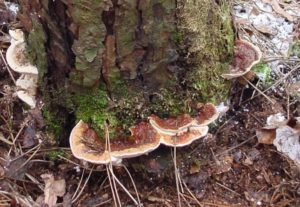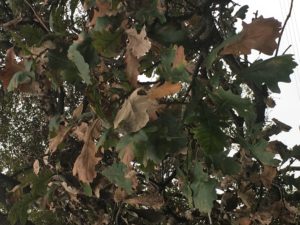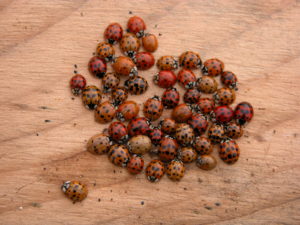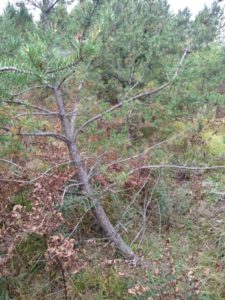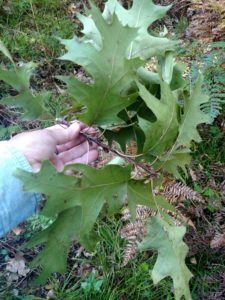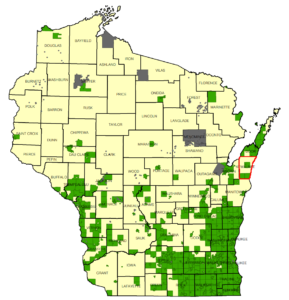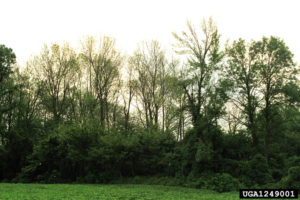CONFERENCES
OCTOBER 15-18, 2018. Mayo Civic Center, 30 Civic Center Drive SE, Rochester, MN
Upper Midwest Invasive Species Conference / North American Invasive Species Management Association
The Upper Midwest Invasive Species Conference (UMISC) is a biennial conference celebrating 10 years of connecting the invasive species management, research, and policy community. The Conference host organizations and organizing committees are pleased to join with the North American Invasive Species Management Association (NAISMA), celebrating its 25th year, to co-host the largest invasive species conference in North America at the Mayo Civic Center in Rochester, MN – October 15-18, 2018. The goal of UMISC is to strengthen management of invasive species, especially prevention, control, and containment. Invasive species research, prevention, and management has seen great strides but much work still must be done. The conference provides numerous opportunities to network with professionals, land managers, researchers, nonprofits, and others. The conference is open to the general public. Registration with fees required.
TALKS
OCTOBER 13, 2018. Boerner Botanical Gardens, 9400 Boerner Drive, Hales Corner, WI.
10:00-11:30AM
“Invasive Plants”. Mary Bartkowiak, invasive plants specialist, WI DNR Forest Health Program.
Mary’s presentation will focus on invasives in the marketplace (aka Organisms in Trade) and an overview of the NR 40 invasive species rule. Open to SEWMG Master Gardeners. Registration required.
OCTOBER 15, 2018. Holiday Inn Convention Center, 1001 Amber Ave, Stevens Point, WI
71st Annual Wisconsin Towns Association meeting (October 14-16).
“Enemies of the Town – Insects, Diseases, Invasive Plants and Worms impacting Wisconsin in 2018”. Mike Hillstrom, forest health specialist, WI DNR Forest Health Program.
Talks begin at 8:30AM. The meeting is open to the general public. Registration with fees required.
